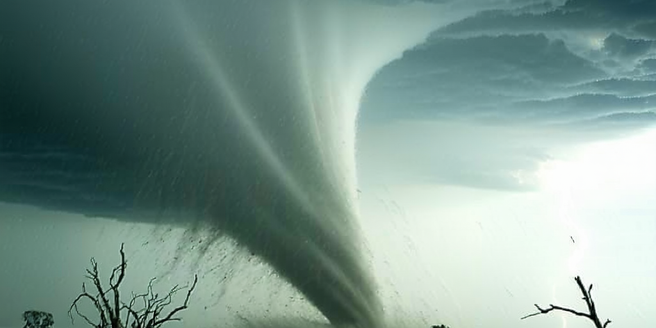
Understanding Wind Shear Basics
Wind shear is a meteorological phenomenon encountered as abrupt changes in wind speed or direction over a short distance. It can occur both vertically and horizontally in the atmosphere. Recognizing the basics of wind shear is crucial for understanding weather patterns. Vertical wind shear, affecting the speed or direction of airflow at different altitudes, plays a pivotal role in weather systems. It can lead to the development or weakening of storms, influencing the formation of tornadoes and hurricanes. Horizontal wind shear, on the other hand, occurs when there are rapid changes in wind speed or direction across a horizontal plane. This type of shear is particularly significant during takeoff and landing phases of flight. Comprehending wind shear’s fundamental attributes is vital for meteorologists and aviators to predict potentially hazardous conditions.
Causes and Effects of Wind Shear
Wind shear is primarily caused by a range of atmospheric conditions, including temperature inversions, frontal boundaries, and surface obstructions such as buildings and mountains. These factors can lead to differential heating, influencing wind patterns. The effects of wind shear are numerous and significant. For instance, it can increase the intensity of thunderstorms, cause abrupt changes in weather conditions, and affect air traffic safety. In the context of aviation, wind shear poses a major hazard as it can result in sudden loss of lift for an aircraft, necessitating prompt pilot response. Moreover, wind shear is intrinsically linked to the development of severe weather phenomena, such as tornados and hurricanes, due to its impact on the atmospheric pressure and temperature gradients.
Measuring Wind Shear Intensity
Measuring wind shear intensity is vital for weather prediction and ensuring safety in aviation. Various methods are utilized to assess wind shear, including Doppler radar, anemosondes, and wind profilers. Doppler radar is employed for its ability to detect shifts in wind velocity patterns over areas, helping to identify shear zones. Anemosondes provide vertical profile measurements of wind speed and direction, offering valuable data on vertical wind shear conditions. Wind profilers use radar to measure wind speeds at different atmospheric heights, contributing to a comprehensive understanding of shear conditions. These tools provide meteorologists and aviation experts with essential data to analyze the intensity and potential impact of wind shear on weather systems and flight operations, enabling better forecasting and proactive measures to mitigate associated risks.
Impact of Wind Shear on Aviation
Wind shear significantly impacts aviation safety, primarily during takeoff and landing phases. Sudden changes in wind speed and direction can cause aircraft to experience unexpected lift or loss of it, demanding quick pilot adaptation. Such unpredictable conditions are risky, as they can lead to deviations from the intended flight path. Airports and pilots rely on sophisticated detection systems like Doppler radar and onboard wind shear detection technology to anticipate and react to these challenges. Wind shear can also delay flights, as aviation authorities prioritize safety over schedules. Training and awareness programs for pilots on recognizing and responding to wind shear are critical. The aviation industry continually works towards improving technology and procedures to minimize risks associated with wind shear, ensuring the safety of passengers and crew.
Mitigating Risks Associated with Wind Shear
Mitigating risks associated with wind shear involves a multifaceted approach focusing on technology, training, and procedural improvements. Airlines and airports have implemented advanced radar systems to detect wind shear conditions early, providing critical information to pilots and air traffic control. Training programs simulate wind shear scenarios, equipping pilots with the knowledge and skills necessary to respond effectively. Operational procedures have been refined to allow for necessary adjustments in flight paths when wind shear is detected. Moreover, ongoing research aims to enhance predictive models, offering better forecasting and real-time updates. Collaboration between meteorologists and the aviation industry is essential to developing comprehensive strategies for managing wind shear risks, ensuring aviation safety, and minimizing disruptions. Continuous advancements in technology and training are pivotal in mitigating the impact of wind shear.
